Worksheets Spanish Verb Tener
When it comes to learning and practicing Spanish verb conjugations, worksheets are an incredibly useful resource. Whether you're a beginner looking to grasp the basics or an intermediate learner wanting to refine your skills, worksheets provide a structured and focused way to study the verb "tener" (to have) in Spanish. By providing a variety of exercises and practice opportunities, these worksheets allow you to engage with the subject on a deeper level, reinforcing your understanding and helping you build confidence in using this essential verb.
Table of Images 👆
More Other Worksheets
Kindergarten Worksheet My RoomSpanish Verb Worksheets
Cooking Vocabulary Worksheet
DNA Code Worksheet
Meiosis Worksheet Answer Key
Art Handouts and Worksheets
7 Elements of Art Worksheets
All Amendment Worksheet
Symmetry Art Worksheets
Daily Meal Planning Worksheet
¿Qué significa el verbo tener en español? (What does the verb tener mean in Spanish?)
El verbo "tener" en español significa poseer o tener en posesión algo físico o abstracto, también puede referirse a experimentar una sensación o sentimiento. También se utiliza para expresar la edad de alguien.
¿Cuál es la conjugación del presente de indicativo de tener? (What is the present indicative conjugation of tener?)
La conjugación del presente de indicativo del verbo "tener" es: yo tengo, tú tienes, él/ella tiene, nosotros/nosotras tenemos, vosotros/vosotras tenéis, ellos/ellas tienen.
¿Cómo se utiliza el verbo tener para expresar posesión? (How is the verb tener used to express possession?)
The verb "tener" is used in Spanish to express possession by stating who has something, for example, "Tengo un libro" (I have a book). The verb is conjugated to match the subject (yo, tú, él/ella/usted, nosotros/as, vosotros/as, ellos/ellas/ustedes) and followed by the object being possessed. This construction may also be used to denote relationships or personal characteristics, such as "Tienes una hermana" (You have a sister) or "Tengo hambre" (I am hungry).
¿Qué expresiones idiomáticas se forman con el verbo tener? (What idiomatic expressions are formed with the verb tener?)
Algunas expresiones idiomáticas comunes que se forman con el verbo "tener" incluyen "tener la culpa" (to be guilty), "tener la palabra" (to have the floor), "tener en cuenta" (to take into account), y "tener prisa" (to be in a hurry). Estas expresiones son usadas frecuentemente en el lenguaje cotidiano para expresar diferentes situaciones y emociones.
¿Cuándo se usa el verbo tener para describir la edad? (When is the verb tener used to describe age?)
El verbo "tener" se usa para describir la edad cuando se expresa la edad que tiene una persona, por ejemplo, "Tengo veinticinco años" para decir "I am twenty-five years old".
¿Qué otras situaciones se pueden expresar con el verbo tener en español? (What other situations can be expressed with the verb tener in Spanish?)
Además de expresar posesión o propiedad de algo, el verbo "tener" en español también se utiliza para hablar de la edad de una persona ("tener 30 años"), para expresar emociones ("tener miedo, hambre, sed"), para indicar disponibilidad o compromiso ("tener tiempo para algo"), y en expresiones idiomáticas como "tener éxito" o "tener cuidado". ¡Es un verbo bastante versátil en español!
¿Cuál es la forma negativa del verbo tener en el presente de indicativo? (What is the negative form of the verb tener in the present indicative?)
La forma negativa del verbo "tener" en el presente de indicativo es "no tengo" (I do not have).
¿Cuáles son las conjugaciones del verbo tener en el pretérito perfecto y el pretérito imperfecto? (What are the conjugations of the verb tener in the preterite perfect and imperfect tenses?)
Las conjugaciones del verbo "tener" en el pretérito perfecto son: yo he tenido, tú has tenido, él/ella ha tenido, nosotros/nosotras hemos tenido, vosotros/vosotras habéis tenido, y ellos/ellas han tenido. En el pretérito imperfecto, las conjugaciones son: yo tenía, tú tenías, él/ella tenía, nosotros/nosotras teníamos, vosotros/vosotras teníais, y ellos/ellas tenían.
¿Cómo se utiliza el verbo tener en la construcción de expresiones de tiempo? (How is the verb tener used in constructing time expressions?)
El verbo tener se utiliza en la construcción de expresiones de tiempo para indicar la edad que tiene una persona, por ejemplo: "Tengo treinta años" o "Tiene veinticinco años". También se usa para expresar la duración de cierto estado o condición, como en "Tengo hambre" o "Tiene sed". En estos casos, tener se combina con el sustantivo que indica la cantidad de tiempo o la condición, y se utiliza en presente para expresar la situación actual.
¿Cuál es la diferencia entre tener y haber en español? (What is the difference between tener and haber in Spanish?)
Tener" is a verb that means "to have," primarily used to express possession or to indicate necessities or characteristics. On the other hand, "haber" is an auxiliary verb used to form compound tenses, such as the perfect tenses, and to indicate the existence of something. So, while "tener" is more about possession or expressing a state of having something, "haber" is more about existing or occurring.
Have something to share?
Who is Worksheeto?
At Worksheeto, we are committed to delivering an extensive and varied portfolio of superior quality worksheets, designed to address the educational demands of students, educators, and parents.

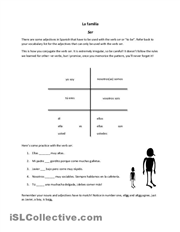



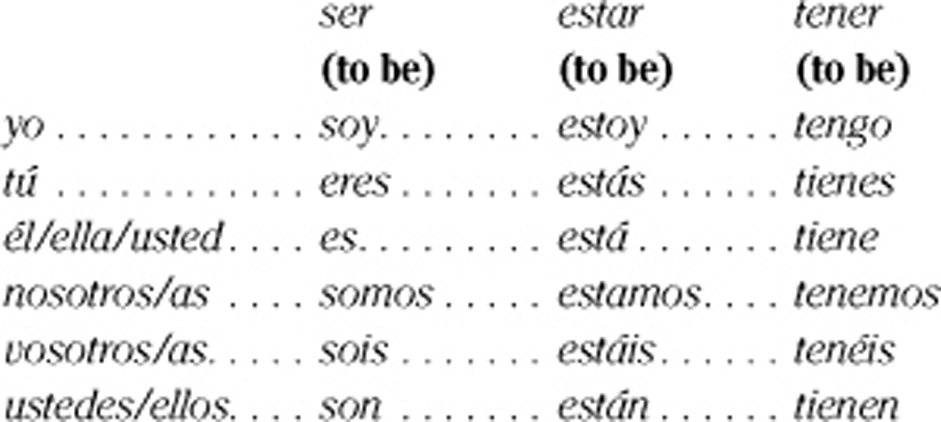
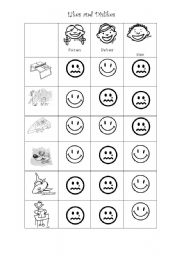

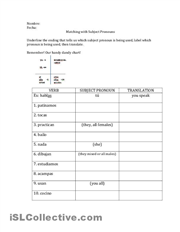
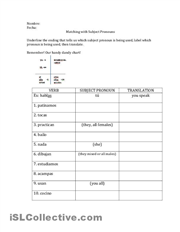

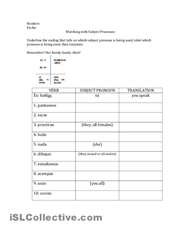
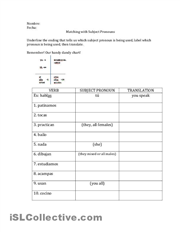
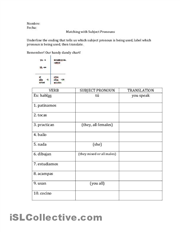
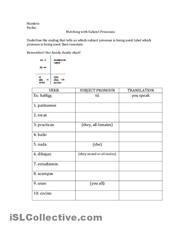
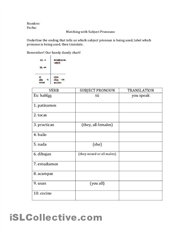
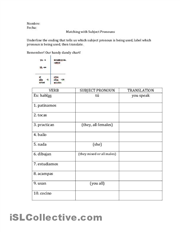
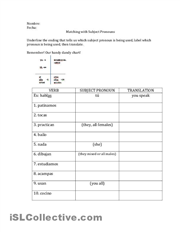

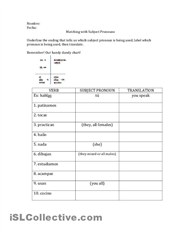
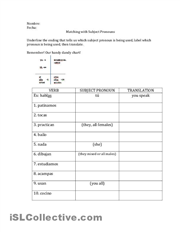














Comments